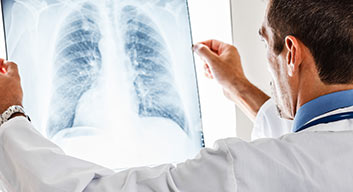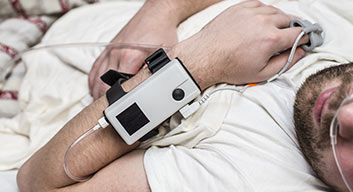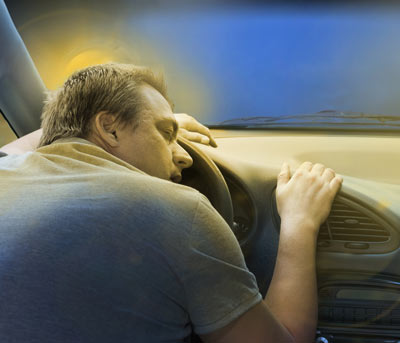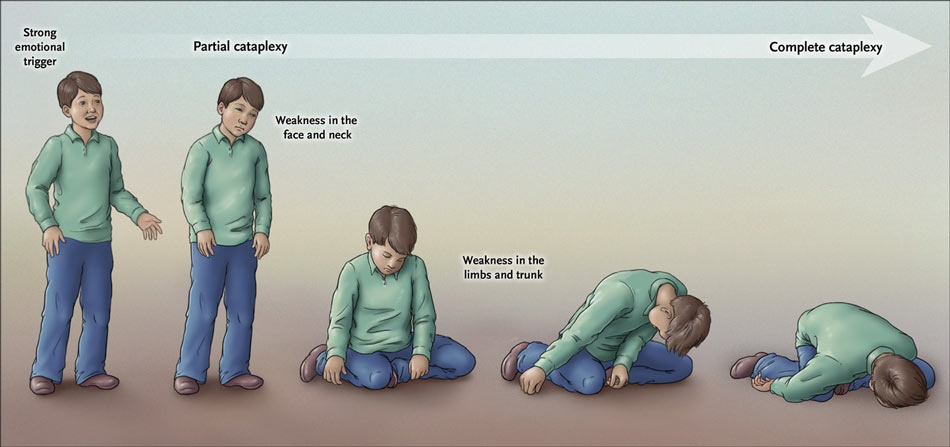Allergy



Sleep apnea, snoring, insomnia, restless leg, effects of poor sleep on your health, and much more.





Narcolepsy is sometimes defined as the loss of boundaries between wakefulness, non-REM sleep, and REM sleep. Narcolepsy is a fairly rare neurological disorder that affects the control of sleep and wakefulness, causing excessive daytime sleepiness. Difficult to control episodes of falling asleep during the day are frequent. Thankfully, narcolepsy treatment is available.
Primary symptoms of narcolepsy include poor sleep at night, excessive daytime sleepiness, cataplexy and hypnagogic hallucinations.
All patients with narcolepsy experience excessive daytime sleepiness with episodes of falling asleep rapidly and inappropriately. Periods of drowsiness may occur every three or four hours and usually end in short naps. The individual may sleep for a few minutes, particularly if they are in an awkward position, or a few hours if they are lying down. An individual will also often underestimate the duration of their drowsy periods and may not recall clearly their behavior during that time.
This is the sudden loss of voluntary muscle control, usually triggered by emotions such as laughter, surprise, fear or anger. Cataplexy occurs more frequently during times of stress or fatigue. Approximately narcoleptic patients will have cataplexy of varying severity.
The cataplectic attack may involve only a slight feeling of weakness and limp muscles (such as sagging facial muscles, a nodding head to buckling knees, loss of arm strength, garbled speech), but it also may result in immediate total body collapse, during which the person may appear unconscious while their brain actually remains awake and alert. These attacks may last from a few seconds up to thirty minutes.

These are vivid, realistic, often frightening dreams, featuring sleep paralysis or a temporary inability to move. Either of these symptoms can occur during the process of going to sleep or waking up, while the brain is partially asleep and partially awake.
Effective narcolepsy treatment is just one of many sleep disorders services treated by Dr.Bray. If you or someone you know may be suffering from this debilitating disease, consider coming to see us for expert narcolepsy diagnosis and treatment. We have helped families all over West Texas and Eastern New Mexico with serious sleep problems. We will do our best to help you! CONTACT US today!